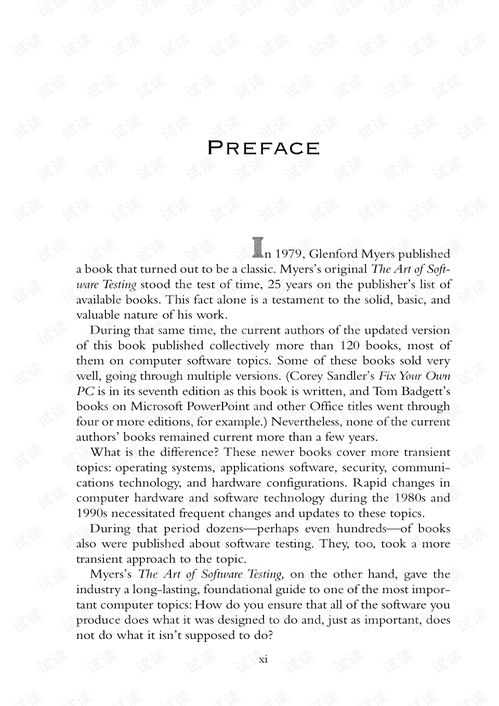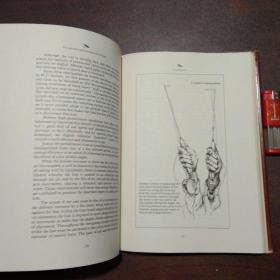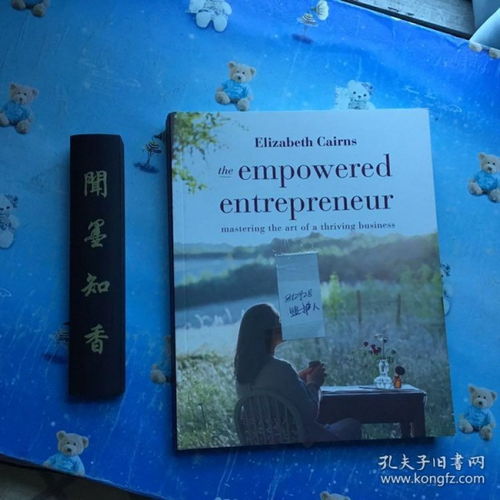Introduction:
Carp fishing, known for its serene charm and the thrill of the catch, is a beloved pastime among anglers worldwide. One of the key elements to a successful carp fishing experience is mastering the art of baiting. In this comprehensive guide, we will delve into the intricacies of how to prepare your bait effectively for carp fishing, along with essential fishing techniques that can help you reel in those majestic fish.
Understanding Carp Behavior:
Before we dive into the specifics of baiting, it's crucial to understand the behavior of carp. Carp are bottom feeders and are attracted to a variety of baits, from natural to artificial. They are known for their voracious appetites and can be quite patient, often waiting for the right moment to strike. By understanding their habits, you can tailor your baiting strategy to maximize your chances of a successful catch.
Choosing the Right Bait:
Natural Baits:
- Boilies: These are the most popular bait for carp fishing. They come in various sizes, flavors, and textures, allowing you to mimic natural food sources like maggots, worms, and insects.
- Flour Baits: These are made from wheat flour and are excellent for attracting carp, especially during colder months when their metabolism slows down.
- Pellets: These are small, round baits that come in a variety of sizes and flavors. They are great for bottom fishing and can be used in conjunction with other baits.
Artificial Baits:
- Soft Plastics: These are lifelike lures that can be fished in various ways, from slow rolling to twitching. They are effective for attracting both large and small carp.
- Spins and Rigs: These are artificial lures that create vibrations and movements in the water, attracting carp with their unique actions.
Preparing Your Bait:
Boilies:
- Soaking: Soaking boilies in water or a flavored liquid can make them more appealing to carp. This process is known as "blooding" and can increase the chances of a bite.
- Freezing: Freezing boilies can preserve their flavor and texture, ensuring they remain effective throughout your fishing trip.
Flour Baits:
- Mixing: Flour baits should be mixed with water to create a paste. The consistency should be thick enough to hold its shape but not too hard to cast.
Pellets:
- Conditioning: Pellets can be conditioned by soaking them in water or a flavored liquid to make them more palatable to carp.
Fishing Techniques:
Leach Method:
This involves casting your bait out and then retrieving it slowly, allowing it to drift naturally in the water. It's a great technique for attracting carp that are feeding on the surface.
Carping on the Bottom:

For bottom-feeding carp, you'll need to fish your bait close to the bottom. This can be achieved by using a heavy sinker or by allowing your bait to sink naturally.
Trolling:
Trolling involves slowly moving your boat while dragging your bait behind it. This technique can cover a large area and is effective for catching carp that are spread out.
Using a Marker Buoy:
A marker buoy helps you keep track of your fishing spot. It's particularly useful when you're fishing in a large lake or river.
Conclusion:
Carp fishing can be a rewarding and enjoyable experience when you master the art of baiting and employ the right fishing techniques. By understanding carp behavior, choosing the right bait, and utilizing effective fishing methods, you'll be well on your way to catching those magnificent fish. Remember, patience and practice are key to becoming a skilled carp angler. Happy fishing!












